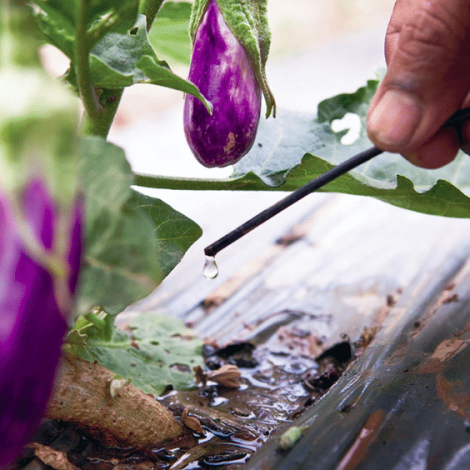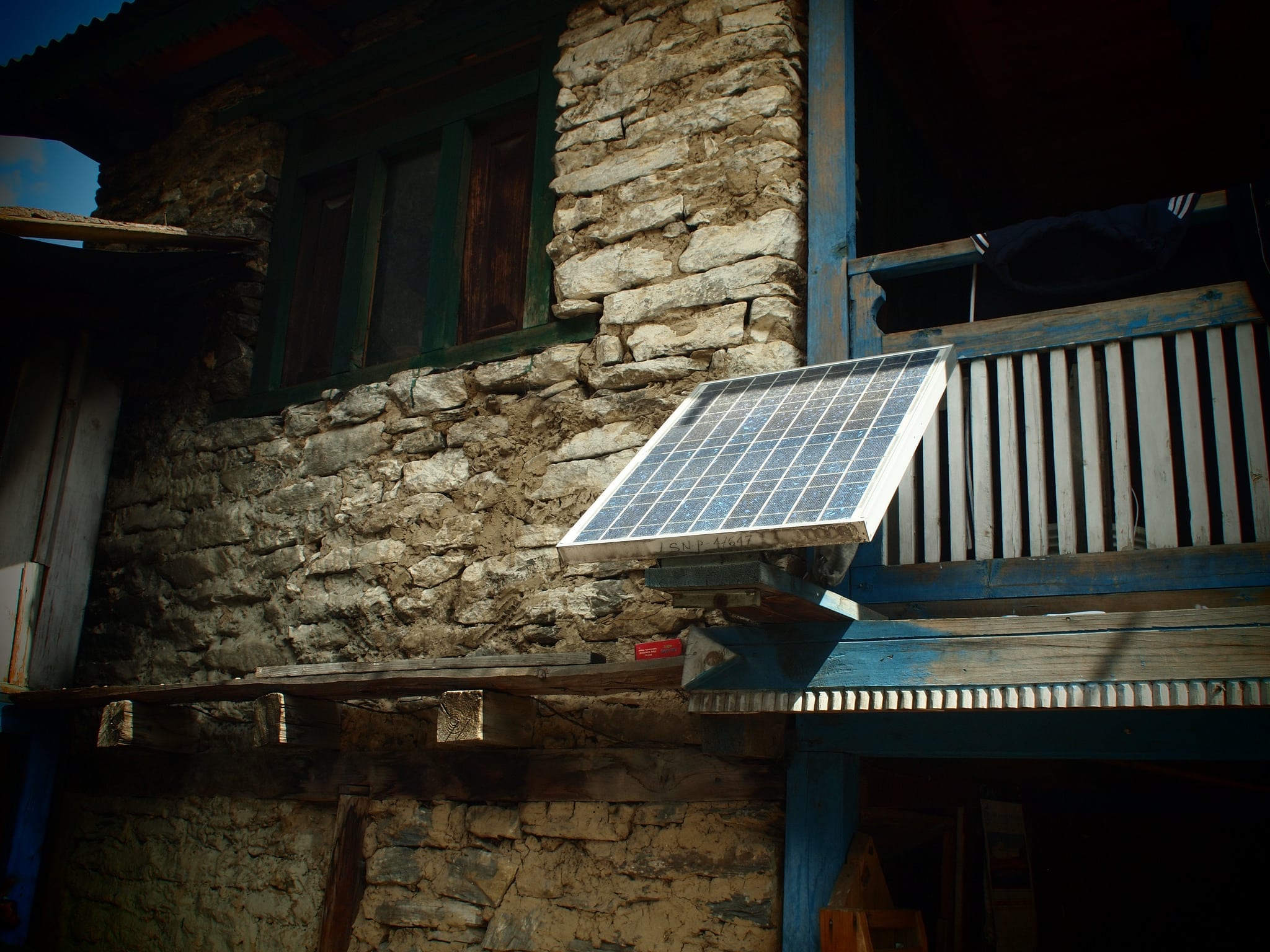[First published in 2012] If you asked a Water Minister from a developing country what makes a product or service successful, you might hear an answer that would have sounded familiar forty years ago. At World Water Forum 6 last March in Marseille, politicos measured the progress of their projects in figures such as the number of hectares that have come under new irrigation, or large-scale dam projects that are nearly complete and so on. Those kinds of figures should give a sense of deja vu if you worked on water projects during the Green Revolution from the 1940s to the 1970s. The fact that we’re using those same metrics raises some questions. Why should India need a new green revolution when it supposedly already happened there forty years ago? Why should Mexico be trumpeting adherence to integrated water resource management principles in irrigation reform fifty years after their green revolution? And those questions raise a bigger one: What exactly is sustainable water management?
Today, we know a lot about managing water resources and we know a lot about farmers. Now, policies are skewed toward large-scale production. But not all farms are large, so not all projects should be large. And the technology that works on large-scale farms is too expensive and impractical for small plots. To reflect that reality, international development policies in the new millennium should be more nuanced than those of the 1950s.
At iDE we can only afford to think about what makes a water product or service successful from, at best, a regional perspective. We’re a non-governmental organization that works with a variety of markets in the developing world. So our perspective has to be local. But that can be a double-edged sword. This is how we look at water management.
Truly sustainable water management in agriculture must arise from local practice, behavior change, and innovation. It doesn’t come from multinational concerns looking to exploit emerging markets with a tweak to the distribution model or the marketing strategy of existing products.
Is that a tired trope by now? It should be, but unfortunately it hasn’t resonated.
Take the situation in Africa, for example. There, multinational manufacturers of irrigation equipment have adopted new marketing strategies to meet the revived “Green Revolution” goals of African governments and their commercial farming partners. But few have addressed the needs of small farmers. The products that receive the lions’ share of bi- and multilateral development dollars were designed for large-scale commercial farms in North Africa and the Middle East. Not for small farms that have limited water resources.
The work-around solution that the big manufacturers have devised is to tweak their existing products, sophisticated inline drip systems, to reduce their pressure needs to 2 or 3m. But to do that still requires fairly expensive filtration systems to go with the drip system. The soil in the Sahel (if you can call it that, yet) is made of very fine particles, and without proper filtration, it easily clogs drippers, both from the inside and outside.
We have a time-proven solution for small-plot farmers that is both cheaper and less labor-intensive than the rejiggered inline systems. IDE began developing low-pressure drip irrigation systems in Nepal, India, and Bangladesh during the 1990s, and the technology caught on. The systems were cheap, designed with extreme affordability in mind, but that wasn’t the only reason they were popular.
We needed to reduce the manufacturing complexity and the pressure needs of the inline drip systems, so we made the decision to use freer flowing microtubes that are hand-punched into inexpensive, thin-gauge PVC tape. That innovation had some side benefits; there were fewer clogged lines, so the farmers saved time in labor. In fact, in some cases, those labor savings became more important to the farmers than even the price reduction itself. Microtubes still offer that value to small farmers in the African Sahel fifteen years later.
Through our most recent work in West Africa we now know that poor farmers in the Sahel prefer microtubes for the same reasons that the technology was popular in Asia more than a decade ago. The systems also cost less, and require less water pressure with a wider range of .75 – 3m head. Farmers with only a little water available don’t always have that 2-3 meters of head available to drive one of the “low pressure” drip systems made by larger concerns.
The so-called Base-of-the Pyramid markets are attractive to large irrigation businesses. It’s because of the rising popularity of comments like those from the Water Ministers in Marseilles. UN-style ministerial commitments to boost national agricultural productivity while reducing water use—that “Green Revolution” dream—means a lot of business for these companies. Governments are plugging into a global machine of agricultural input businesses that offer lower-cost products for their bulk orders. Countries can put vast acreage under water-saving drip irrigation, but these schemes continue to overlook the truly off-grid small rural farms, and that will continue to fail at reversing the situations of food insecurity these same governments are worried about.
If the nations of the world are really looking to promote small scale, sustainable agriculture with market access as an answer to food insecurity, while adhering to national commitments to integrated water resource management principles, we need to seek out real solutions in local contexts, such as agroecology, conservation farming, integrated pest management and irrigation practices that match local needs, and connect those together at regional and national levels.
Only with a truly integrated approach that looks at every level of agriculture in context will we be able to succeed in “feeding the world.”
Andrew Vermouth is the principal consultant at UpDIG and former director of marketing and communications at iDE.


very interesting article,
I live in Spain, where industrial agriculture is still very important; in most of the country we have a very arid climate, and water resources are scarce, specially in summer, when the crops need more water; the solution proposed by Andrew Vermouth could be intersting for small farmers;
in Spain, the focus have been different; since the decade 1950´s, to improve the efficient use of water ( and for better selling agricultural products) a cooperative systems was created; it has been necesary to create the legal figure of “Sociedad Cooperativa”, very diferent of a company, because the owners of the “cooperative” are the farmers; it allows to join forces, to buy imputs ( fertilizers, oil, seeds…) in big amounts and better conditions, and to aford more sophisticated irrigation systems with filters, high pressure… and to shell the products to the distributors, supermarkets in better conditions.
The system have been exported, as far as I know, to Kenia and Tanzania for olive trees crops